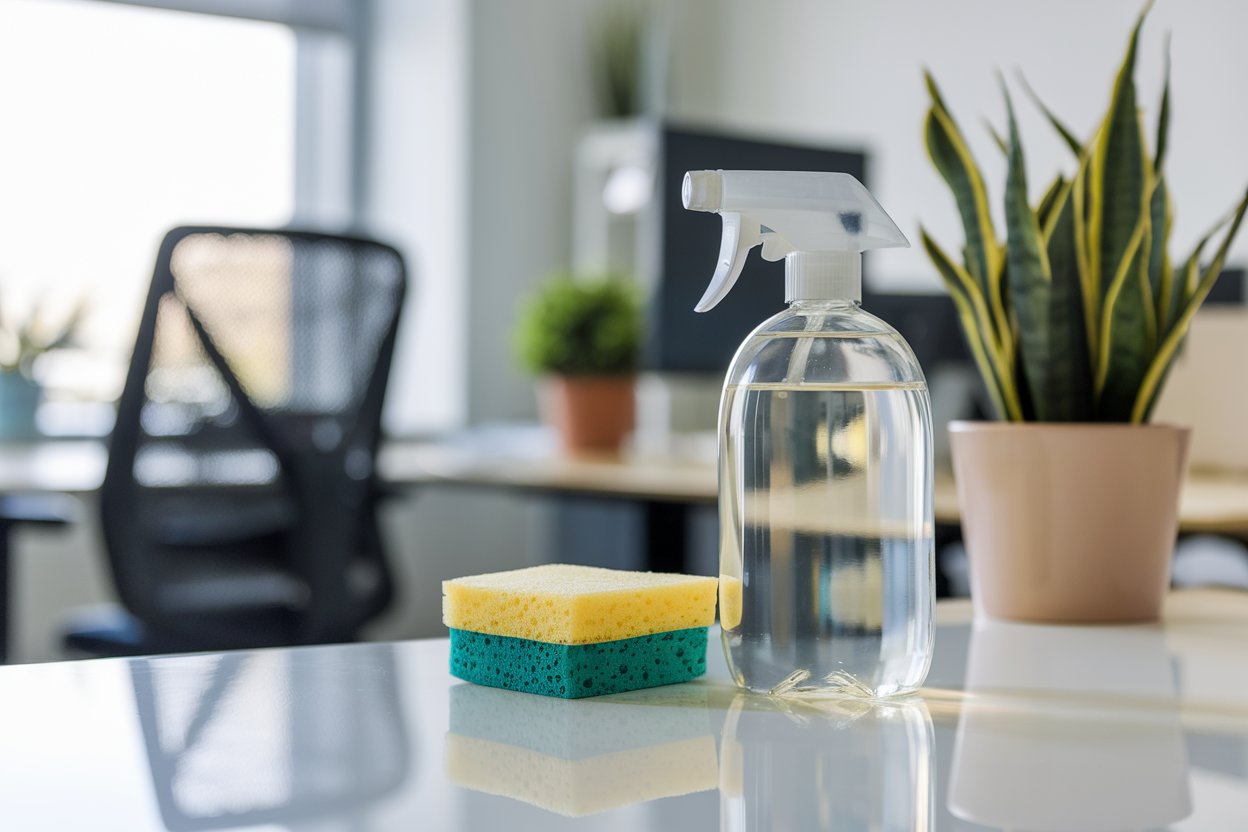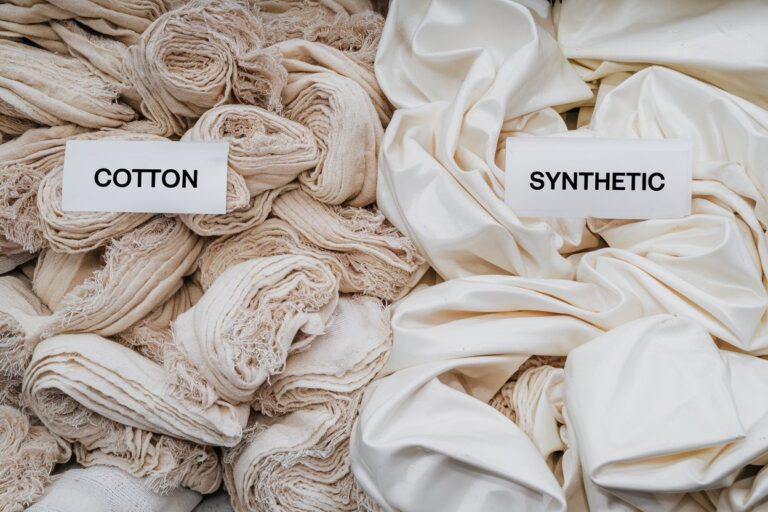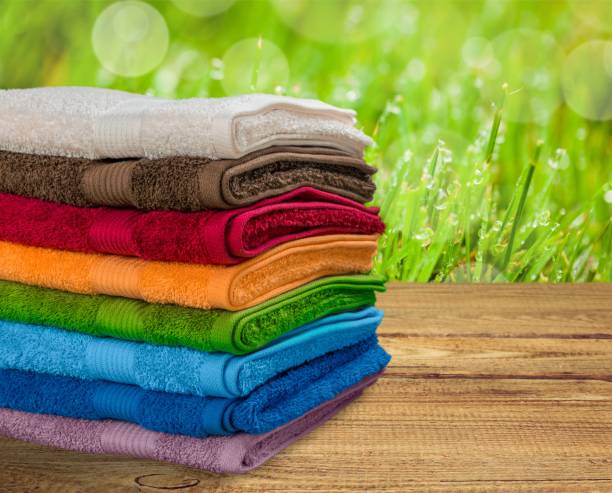Why Businesses Are Switching to Sustainable Cleaning Materials in 2025
In today’s environmentally conscious world, more and more companies are choosing sustainable cleaning materials to maintain their facilities. This shift is driven by several factors, from environmental impact to cost savings and employee well-being. In this article, we’ll explore the reasons behind this trend and why it’s more than just a passing phase.
The Growing Importance of Sustainability
Sustainability is no longer a niche concern; it’s a mainstream priority. Consumers, employees, and stakeholders are increasingly holding businesses accountable for their environmental impact. Using sustainable cleaning materials is a simple yet effective way for companies to demonstrate their commitment to preserving the planet.
How Cleaning Impacts the Environment
Traditional cleaning supplies often contain harsh chemicals that can contaminate waterways, harm wildlife, and contribute to air pollution. Sustainable cleaning materials, on the other hand, are made from biodegradable, non-toxic ingredients that reduce pollution and minimize the overall carbon footprint.
Benefits of Switching to Sustainable Cleaning Materials
The advantages of adopting eco-friendly cleaning practices extend beyond environmental protection. Here are some of the key benefits:
1. Health and Safety
Conventional cleaning products often emit volatile organic compounds (VOCs) that can lead to respiratory problems, skin irritation, and other health issues. Sustainable alternatives are safer for both employees and customers, creating a healthier work environment.
Example: Switching to plant-based cleaning agents can reduce indoor air pollution by up to 90%, lowering the risk of health-related absences.
| Chemical Cleaning Risks | Sustainable Alternatives | Benefits |
|---|---|---|
| VOC emissions | Plant-based formulas | Cleaner air |
| Skin irritation | Biodegradable materials | Reduced allergies |
| Toxic residues | Natural sanitizers | Safer surfaces |
2. Cost Savings Over Time
While the upfront cost of sustainable products may be higher, they often prove cost-effective in the long run. Concentrated formulas require less product per use, and reusable packaging reduces waste and expenses associated with single-use items.
| Expense Type | Traditional Products | Sustainable Products |
|---|---|---|
| Initial Cost | Low | Moderate |
| Long-term Savings | Minimal | High |
| Waste Disposal Fees | Higher | Lower |
Corporate Social Responsibility (CSR) and Brand Image
For many businesses, adopting sustainable practices enhances their brand reputation. Customers are more likely to support companies that prioritize the planet, and sustainable operations are a key component of many CSR initiatives.
Positive Impact on Stakeholders
When businesses use eco-friendly cleaning materials, they show that they care about the well-being of the community. This can attract eco-conscious customers and boost employee morale, as staff are proud to work for a socially responsible organization.
Compliance with Environmental Regulations
Governments worldwide are tightening regulations on harmful chemicals and waste management. Companies that proactively switch to sustainable cleaning materials are better equipped to comply with these laws, avoiding potential fines and legal issues.
Tip: Stay ahead of regulations by conducting regular audits of your cleaning supplies and practices.
Practical Steps for Making the Transition
Switching to sustainable cleaning materials doesn’t have to be complicated. Here’s a guide to help your business make the change smoothly:
1. Conduct a Cleaning Audit
Evaluate your current cleaning products and identify which ones contain harmful chemicals. This will help you prioritize which products to replace first.
2. Research Eco-Friendly Alternatives
Look for certifications such as Green Seal, ECOLOGO, or EPA Safer Choice, which indicate that a product meets rigorous environmental and health standards.
| Eco-Certification | Description | Examples |
|---|---|---|
| Green Seal | Certifies reduced toxicity and waste | Various cleaners |
| ECOLOGO | Sustainability across product life cycle | Soaps, detergents |
| EPA Safer Choice | Safe for human health and the environment | Surface cleaners |
3. Train Your Staff
Educate employees on the benefits of sustainable cleaning materials and how to use them effectively. Proper training ensures that eco-friendly practices are implemented correctly and consistently.
Overcoming Common Challenges
Transitioning to sustainable cleaning practices can present some hurdles. Here are common challenges and how to address them:
Initial Investment Concerns
While sustainable products may seem costly upfront, focus on the long-term benefits, such as reduced health-related absences and lower waste management costs.
Solution: Implement the switch gradually, replacing products as they run out to manage costs effectively.
Success Stories from Businesses
Several companies have successfully adopted sustainable cleaning practices and reaped significant rewards. For instance, major hotel chains have reduced water and chemical use by over 30% through eco-friendly cleaning programs.
Case Study: An Office Building in New York
By transitioning to sustainable cleaning materials, this office reduced annual cleaning costs by 15% and reported a 20% increase in employee satisfaction due to improved indoor air quality.
Enhancing Employee Productivity and Well-Being
In addition to environmental and cost benefits, switching to sustainable cleaning materials can significantly boost employee productivity and well-being. The connection between a clean, healthy workplace and employee performance is well-documented, making this an essential consideration for any business.
The Impact of Air Quality on Productivity
Poor indoor air quality caused by harsh chemical cleaners can lead to symptoms like headaches, fatigue, and respiratory irritation, which can decrease employee focus and efficiency. Sustainable cleaning materials, which contain fewer irritants and are often fragrance-free, create a more pleasant working environment.
Statistics Highlight: A study conducted by the World Green Building Council found that improving air quality can boost productivity by up to 11%. Employees working in environments cleaned with eco-friendly products report fewer sick days, translating to higher overall output.
Boosting Employee Satisfaction and Retention
Employees are increasingly concerned about the environmental and health impact of their workspaces. When businesses prioritize using sustainable, non-toxic cleaning materials, it demonstrates care for employee well-being. This can lead to higher job satisfaction, increased loyalty, and better retention rates.
Employee Wellness Initiatives
Many companies are now integrating sustainable cleaning practices as part of broader wellness programs. These initiatives show a commitment to creating a safe and healthy workplace, which can make a company more attractive to potential hires.
FAQs
Switching to sustainable cleaning materials is a smart, forward-thinking choice for any business looking to improve its environmental footprint, boost employee health, and meet consumer expectations. Start today and be part of the positive change towards a cleaner, greener future.







